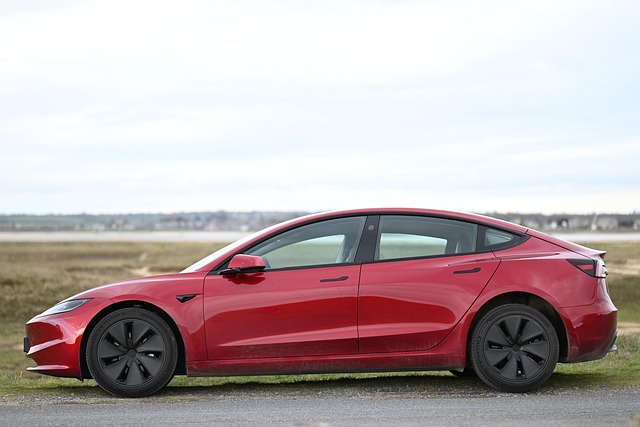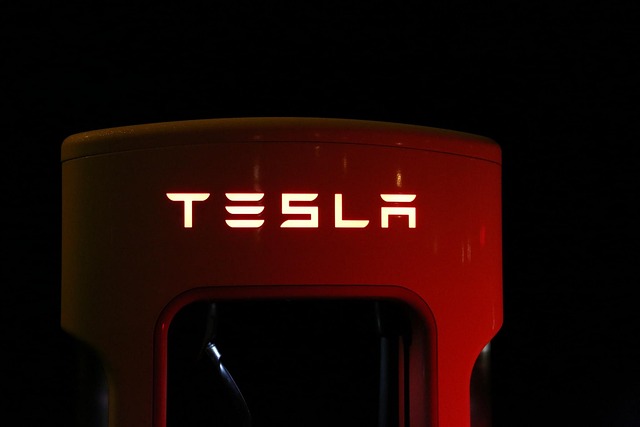June 2025 marks a turning point in Tesla’s journey toward fully autonomous vehicles, with the official pilot launch of its long-awaited Robotaxi service in Austin, Texas. After years of ambitious promises from CEO Elon Musk, Tesla’s robotaxis are finally hitting the streets—ushering in a new era of transportation that could reshape mobility across the globe.
🔍 What Are Tesla Robotaxis?
Tesla’s robotaxis—also referred to as Cybercabs—are self-driving electric vehicles designed to transport passengers without a human driver. They rely solely on Tesla’s Full Self-Driving (FSD) software and camera-based AI vision system, without using radar or lidar, unlike many competitors.
The long-term goal? To turn Tesla vehicles into fully autonomous ride-hailing cars that can operate 24/7, potentially making owners passive income and transforming Tesla into a mobility-as-a-service giant.

📍 Where and How Is the Service Launching?
Tesla has launched the first stage of its Robotaxi program in a limited area of South Congress, Austin, operating a small fleet of about 10 Tesla Model Y vehicles.
Key details:
-
Service area: Geofenced part of Austin
-
Vehicles used: Tesla Model Y (not the upcoming “Cybercab” design yet)
-
Human monitor onboard: A safety operator is seated in the passenger seat
-
Cost: Flat fare of $4.20 per ride
-
Hours of operation: 6 a.m. – Midnight
-
Access: Currently restricted to influencers and invited users
This cautious launch allows Tesla to gather real-world data while ensuring passenger safety and public trust.
🚘 How Does It Work?
Each robotaxi uses Tesla’s latest FSD v12+ software, which processes surroundings through onboard cameras and neural nets. Unlike rivals like Waymo or Cruise, Tesla avoids lidar and instead relies on a vision-only approach.
The Austin test fleet still includes a human “monitor” in the front passenger seat—not a driver—to intervene only if necessary. In future versions, the plan is to remove all human supervision.
Tesla is also expected to implement remote assistance capabilities, allowing operators to intervene or assist if a robotaxi encounters confusing scenarios.

🤖 What About the Cybercab?
While the Austin pilot uses retrofitted Model Ys, Tesla plans to introduce a purpose-built Robotaxi called the Cybercab in 2026. This vehicle will:
-
Have no steering wheel or pedals
-
Be designed purely for autonomous ride-hailing
-
Feature a futuristic, minimalist design
-
Be optimized for high usage and low maintenance
The Cybercab will likely roll out in tandem with wider autonomous approvals and a broader robotaxi network.
🏁 Tesla vs. Competitors
Tesla is entering a competitive space already populated by:
-
Waymo (Alphabet/Google): Operating driverless rides in Phoenix, San Francisco, and LA
-
Cruise (GM): Recently paused operations after a pedestrian incident
-
Zoox (Amazon): Testing custom autonomous pods in California
What sets Tesla apart is scale and ambition. With millions of Tesla vehicles already on the road and hardware ready for autonomy, Tesla hopes to deploy robotaxis via software updates—a potential game-changer if regulatory and safety milestones are met.
📈 Economic and Industry Impact
If successful, Tesla’s robotaxi fleet could:
-
Reduce ride-hailing costs drastically
-
Generate recurring revenue for Tesla and car owners
-
Disrupt traditional car ownership, especially in urban areas
-
Revolutionize urban transport networks
Musk envisions a future where Tesla owners can opt their cars into a “Tesla Network,” earning income while they’re not using the vehicle—essentially turning personal cars into autonomous income-generators.
⚠️ Caution Ahead
Despite the excitement, experts remain cautious. Safety, regulation, and public trust are still major hurdles. Tesla’s decision to pilot the service in one neighborhood with a small group of users shows a measured approach, especially after past scrutiny of the FSD system.
Regulators will be watching closely. The rollout could face delays if safety concerns arise, especially with no backup driver in future versions.
🛣️ What Comes Next?
Tesla aims to:
-
Expand the Austin robotaxi pilot across more of Texas
-
Introduce the Cybercab vehicle in 2026
-
Scale to millions of robotaxis worldwide
-
Launch a Tesla Network platform akin to Uber, but autonomous
If Tesla pulls it off, this could be the most transformative product in its history—one that doesn’t just sell cars, but revolutionizes how we move around cities.
🔑 Final Thoughts
Tesla’s robotaxi pilot in Austin is more than a test—it’s the first real-world step toward driverless mobility at scale. While challenges remain, this rollout signals that the future Elon Musk has long envisioned is closer than ever. Whether it becomes the defining innovation of the decade depends on what happens next.
